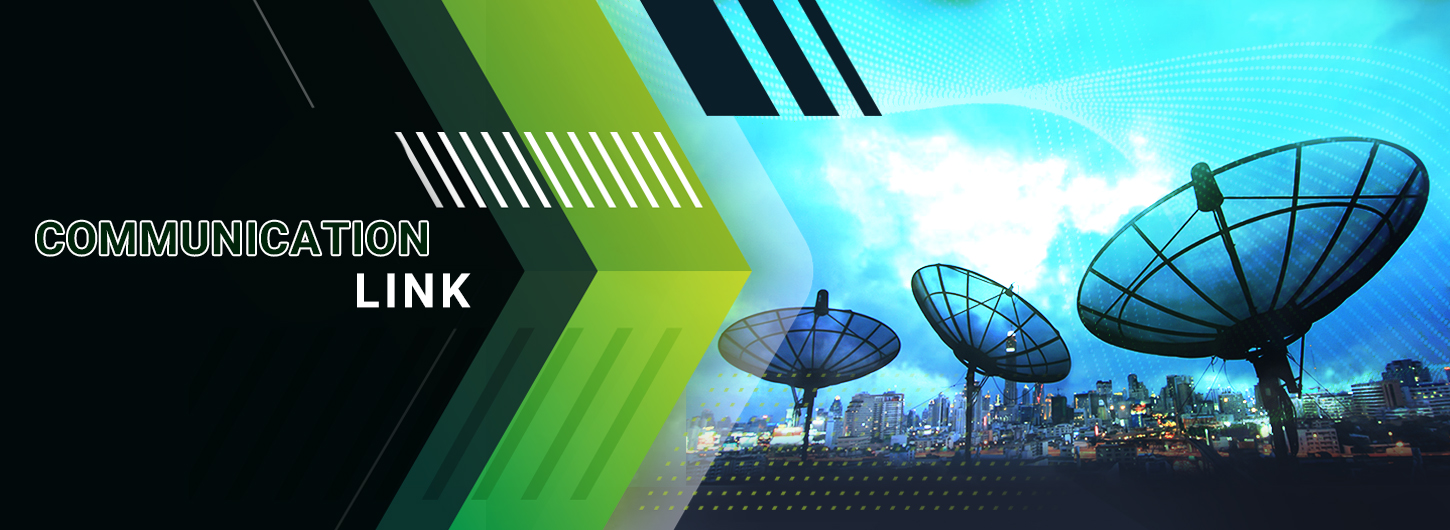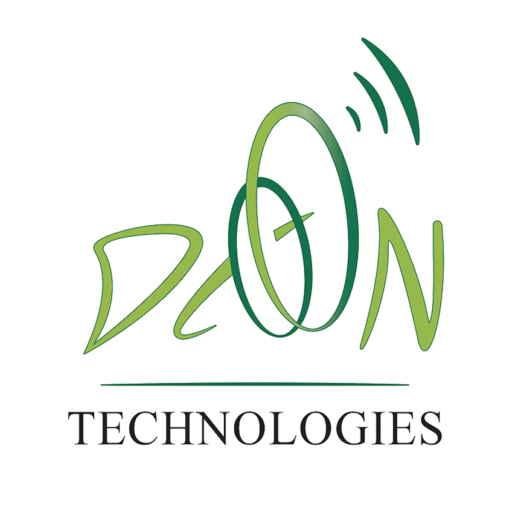
Communication Link
Dioon Technology is an agile innovator and leading provider of global ISR, communications and networked systems, and electronic systems for military, homeland security and commercial aviation customers. Dioon develops advanced defense technologies and commercial solutions in aviation security, night vision and EO/IR, weapons, maritime systems and space.
The communication system is is the active process which explains the data exchange between two points. Communication is The procedure of transmission and gathering of data . The major components of communication are the Transmitter of data, Channel or medium of communication and the Receiver of information.
A communication link refers to the physical or virtual connection that enables the transmission of information between two or more devices or entities. It establishes a pathway through which data, signals, or messages can be exchanged. Communication links can be established through various means, including wired or wireless connections, and they form the foundation of communication systems. Here are a few common types of communication links:
-
Wired Communication Links:
- Ethernet Cables: Copper or fiber optic cables used to establish wired connections in local area networks (LANs) or wide area networks (WANs) for high-speed data transmission.
- Coaxial Cables: Copper-based cables used in cable television (CATV) networks or for broadband internet connections.
- Telephone Lines: Traditional copper-based twisted pair cables used for voice communication in telephone systems.
- Optical Fiber Cables: Thin strands of glass or plastic fibers that transmit data using light signals for high-speed and long-distance communication.
-
Wireless Communication Links:
- Radio Frequency (RF) Links: Utilizes radio waves to establish wireless connections between devices, such as in cellular networks, Wi-Fi networks, or Bluetooth connections.
- Infrared Links: Uses infrared light to transmit data between devices, commonly seen in remote controls or IrDA (Infrared Data Association) communication.
- Satellite Links: Communication links established through satellites in space, enabling long-range and global communication coverage.
- Free Space Optics (FSO) Links: Optical communication links that use light beams to transmit data between two points without physical cables.
-
Virtual Communication Links:
- Virtual Private Network (VPN): A secure and encrypted communication link established over a public network (e.g., the internet) to connect remote locations or users securely.
- Virtual Channels: In computer networks, virtual channels create logical paths within a physical link to manage and prioritize data traffic.
Communication links can vary in terms of their capacity, bandwidth, latency, range, and security. The choice of a communication link depends on factors such as the distance between communicating entities, the required data transfer rates, the level of security needed, and the environmental conditions. Different communication links are used in various applications, including telecommunication networks, computer networks, internet connectivity, broadcasting systems, and more.
Overall, communication links are essential for establishing reliable and efficient communication between devices, enabling the exchange of information and facilitating seamless connectivity in today's interconnected world.
Types of Communication System :
1- Point-to-Point Communication:
In Point-to-Point Communication, communication takes place over a link between a single transmitter and a receiver.
2- Broadcast Communication:
In Broadcast Communication, there are a huge number of receivers corresponding to a single transmitter.
Depending on Signal specification or innovation, the communication system is categorized as follows:
- Analog
Analog technology communicates data as electronic signals of changing frequency or amplitude. Broadcast and telephone transmission are common cases of Analog technology.
- Digital
An digital communication system is a communication system where it is possible to identify the information signal sent from point A to point B as an digital signal only.
In digital technology, the data are produced and prepared in two states: High (represented as 1) and Low (represented as 0). Digital technology stores and transmits data in the form of 1s and 0s.
Information
Message or information is the substance that is to be transmitted. It can be in the form of audio, video, temperature, picture, pressure, etc.
Signal
The single-valued function of time which carries the data. The data is converted into an electrical type of transmission.
Transducer
A device or an adjustment that changes over one shape of energy to the other. An electrical transducer changes over physical factors such as pressure, force, temperature into corresponding electrical signal variations.
Amplifier
an Amplifier is the electronic circuit or device that increments the amplitude or the strength of the transmitted signal. When the signal intensity becomes smaller than the essential value, amplification can be done anyplace in between transmitter and receiver. A DC power source will supply for the amplification.
Modulator
As the main message signal cannot be transmitted over a large route because of their low frequency and amplitude, they are superimposed with high frequency and amplitude wave called carrier wave. the superimposing of message signal with a carrier wave is called modulation. And the outcome wave is a modulated wave that should be transmitted
Transmitter
Transmitter processes the message signal into a suitable form for transmission and subsequently reception.
Antenna
An Antenna transmit and receive electromagnetic waves. An antenna is primarily a metallic object, mostly a series of wires. The electromagnetic waves are polarised according to the position of the antenna.
Channel
There are numerous channel disabilities that influence the execution of channel to a articulated level.
A channel refers to a physical medium such as wire, cables, space through which the signal is passed from transmitter to the receiver. There are numerous channel disabilities that affect the channel performance to a pronounced level.
Noise
Noise is one of the channel flaw or disability in the received signal at the destination. Noises are generated by external and internal sources.
Internal sources include noise due to accidental movement and collision of electrons within the conductors, thermal noise due to diffusion and recombination of charge carriers in other electronic devices. by cooling and utilizing digital innovation for transmission Internal noise can be decreased.
